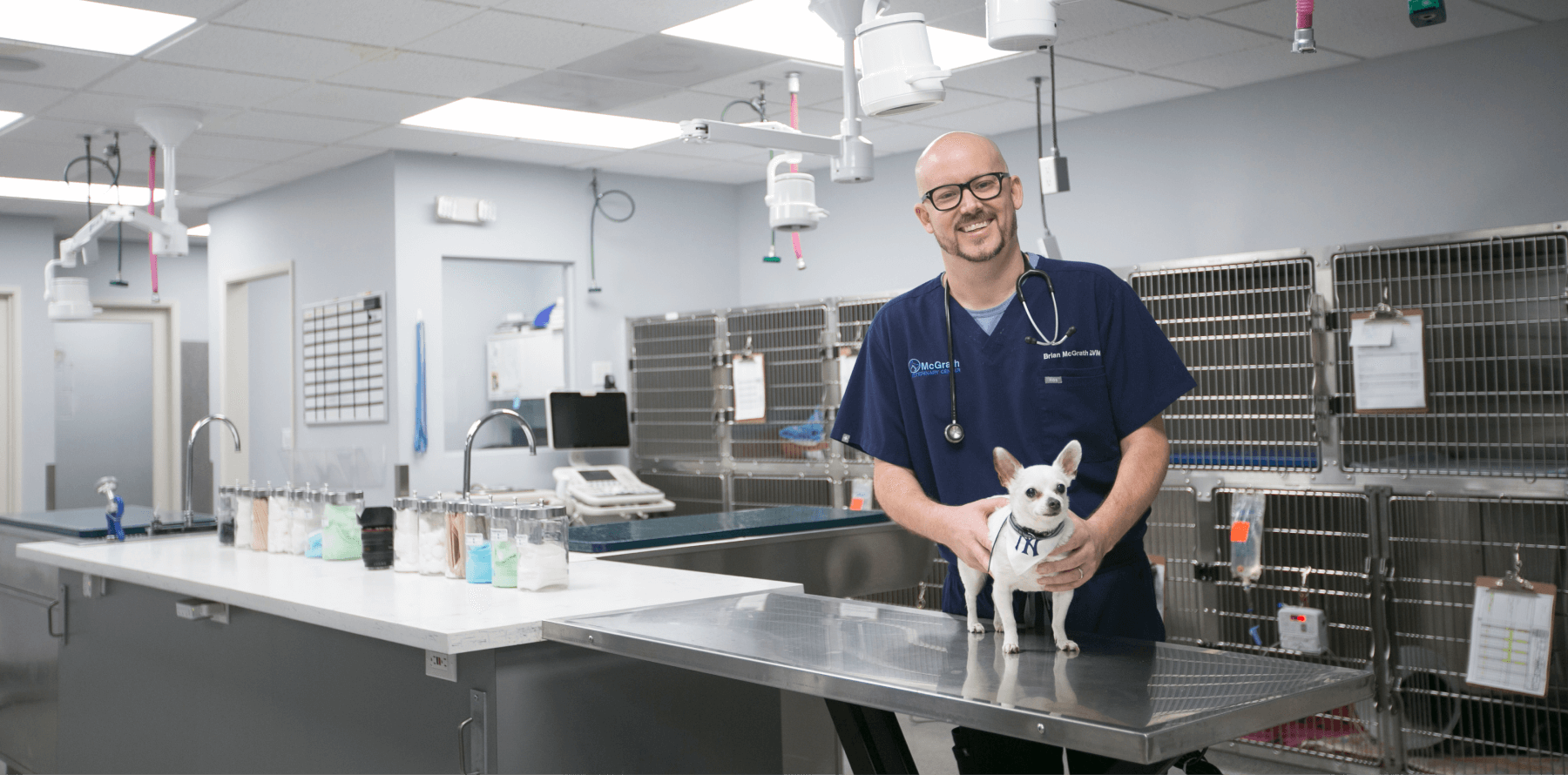
Emergency
Priority Level 1 – Critical and requires immediate and lifesaving medical care.
Priority Level 2 – Non-critical but requires treatment within a couple of hours; wait times will apply.
Priority Level 3 – Stable; extended wait times will apply.
TRIAGE EXAMPLES
Below are examples of how we might triage and prioritize many common emergency/urgent care needs. Please note that this is not a comprehensive list.
Examples of Priority Level 1 Cases:
- Difficulty breathing
- Major bleeding
- Seizures
- Heatstroke
- Severe allergic reactions
- Foreign object or toxin ingestion
- Collapse or paralysis
- Severe traumatic injury
Examples of Priority Level 2 Cases:
- New significant swelling
- Eye conditions
- Lameness (exception: obvious fracture – level 1 condition)
- Acute deterioration of a patient with a known chronic disease
- Bleeding from an unexpected site
- Minor allergic reaction
- Decreased appetite, vomiting, diarrhea, or a combination thereof
- Abdominal pain
Examples of Priority Level 3 Cases:
- Stable chronic disease (no change in condition)
- Skin issues
- Lameness/limping (mild)
- Ear infections
- Sneezing, coughing, nasal discharge
- Broken or torn toenails
- GI parasites
- Fleas or ticks
Emergency Hospitals
If McGrath Vet is closed at the time of your pet’s emergency, please contact one of the following emergency hospitals:
Metropolitan Animal Specialty Hospital (MASH)
- 6565 Santa Monica Blvd, Los Angeles, CA 90038
- Phone: (855) 350-7387
ACCESS San Fernando Valley
- 20051 Ventura Blvd, Woodland Hills, CA 91364
- Phone: (818) 887-2262
VCA ASEC
- 1535 S Sepulveda Blvd, Los Angeles, CA 90025
- Phone: (310) 473-5906
True Care for Pets
